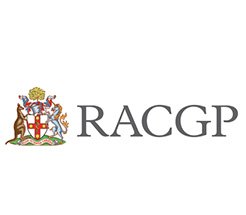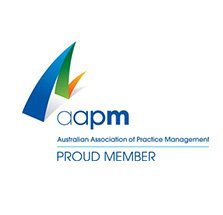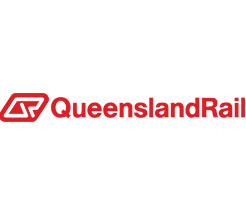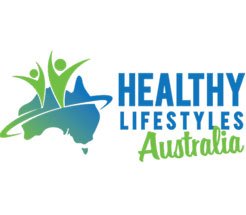Latest News
National Key Performance Indicators for Aboriginal and Torres Strait Islander primary health care: results from June 2016
This fourth national report on the national Key Performance Indicators (nKPIs) data collection is based on data from more than 240 primary health care organisations that received funding from the Australian Government Department of Health to provide services primarily to Aboriginal and Torres Strait Islander people. Information is presented for 22 ‘process-of-care’ and ‘health outcome’ indicators for June 2016, which focus on maternal and child health, preventative health, and chronic disease management. The report shows continuous improvements for the majority of indicators.
Aboriginal and Torres Strait Islander health organisations: Online Services Report—key results 2015–16
This is the eighth national report on organisations funded by the Australian Government to provide health services to Aboriginal and Torres Strait Islander people. In 2015–16: 204 organisations provided primary health-care services to around 461,500 clients through 5.4 million client contacts and 3.9 million episodes of care; 216 counsellors from 93 organisations provided social and emotional wellbeing services to around 18,900 clients through 88,900 client contacts; 80 organisations provided substance-use services to around 32,700 clients through 170,400 episodes of care.
Disability support services: services provided under the National Disability Agreement 2015–16
In 2015–16, an estimated 332,000 people used disability support services under the National Disability Agreement (NDA), including around 3,500 who transitioned to the National Disability Insurance Scheme (NDIS) during the year. The average age of service users was 35, and around three-quarters (72%) were aged under 50. Forty-three per cent of service users had an intellectual or learning disability, 42% had a physical or diverse disability, 29% had a psychiatric disability, and 18% had a speech or sensory difficulty.
Disability in Australia: changes over time in inclusion and participation factsheets: community living, education and employment
While people with disability participate actively in all aspects of Australian life, they are more likely to face challenges than people without disability, and their rates of participation in various life areas are generally lower. These fact sheet use data from the Australian Bureau of Statistics Survey of Disability, Ageing and Carers to look at changes that occurred between 2003 and 2015 for people with disability in the key life areas of education (DIS 69), employment (DIS 68), and community life (DIS 67).














